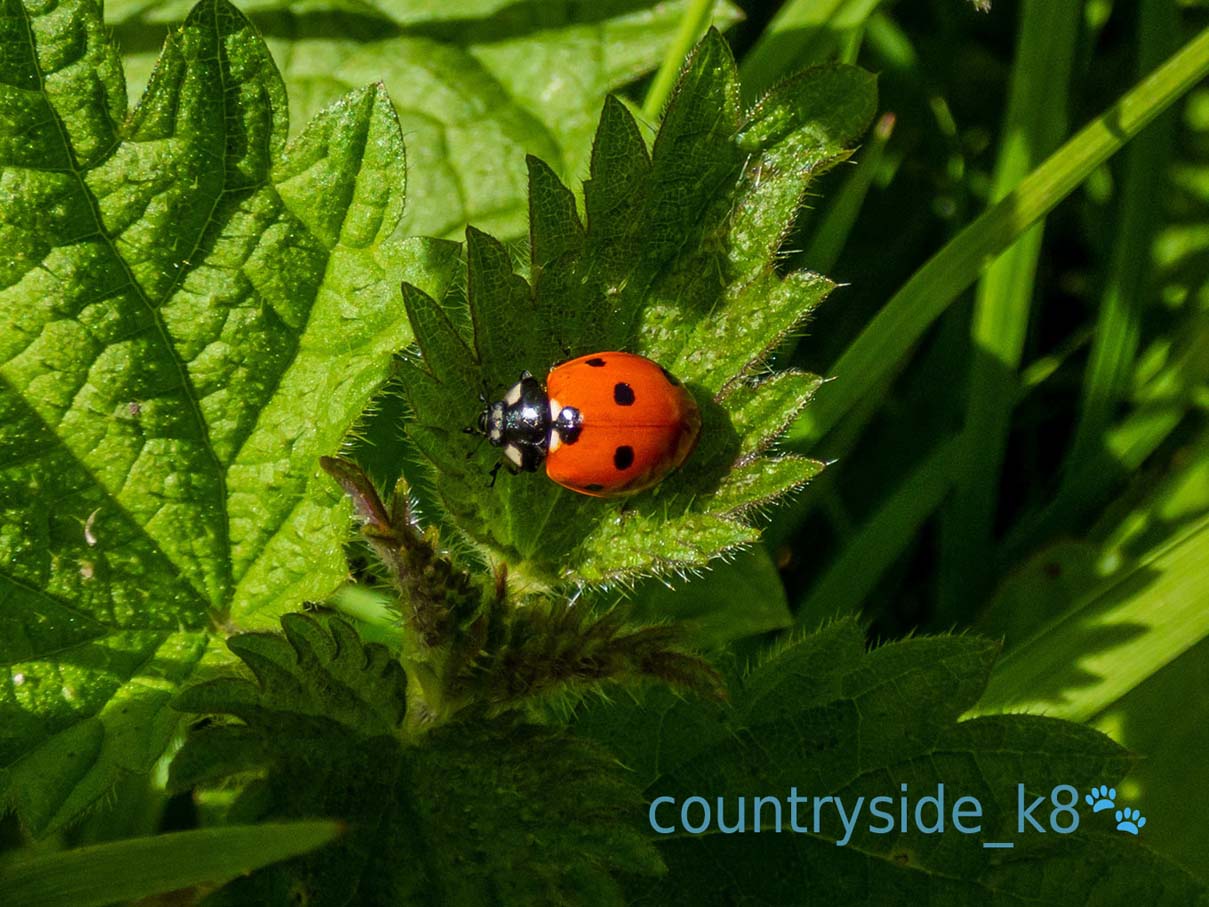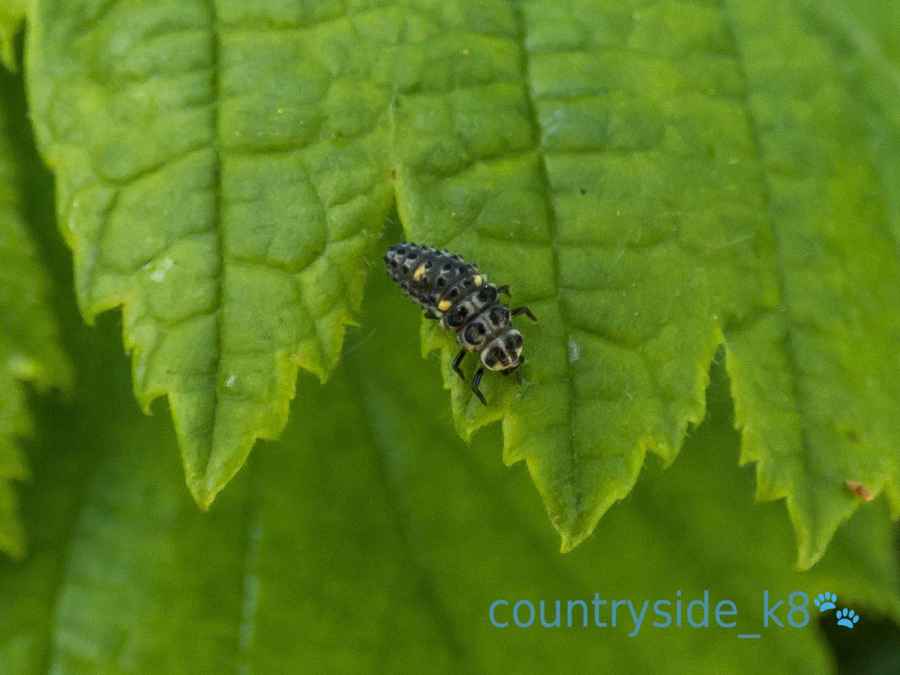
7 Spot Ladybird
7 Spot Ladybird
Latin name: Coccinella septempunctata
The 7 Spot Ladybird is red, occasionally yellow, with seven black spots arranged with three on each wing case and one at the back sitting across both wing cases.
They are active from March until October and can be found in all habitats. They will turn up anywhere there are aphids for it to feed on. Both larvae and adults feed on aphids.
There are four phases in the lifecycle of a ladybird. First the egg, then larval stage, during which the larva undergoes a series of moults. It then becomes a pupa, in which the larva develops into an adult. An adult female lays eggs in batches of up to 40.
The 7 Spot Ladybird hibernates in winter, in hollow plant stems, cracks and crevices and often in outbuildings and around window frames, sometimes clustered together in large numbers.
Large numbers often migrate here from the continent every spring, boosting our native population.
The bright colours of ladybirds are a warning to predators that they are unpleasant to eat. They can release a pungent, yellow substance from joints in their legs which gives them a foul taste. A threatened ladybird may both play dead and secrete the substance to protect itself.
The most common Ladybird in Britain.
Created: 16 October 2018 Edited: 16 October 2018

by KLS
Secrets of Shaly Dingle
Own label and private label building products
We produce, brand and supply for some of the biggest names in the industry. Read more...

